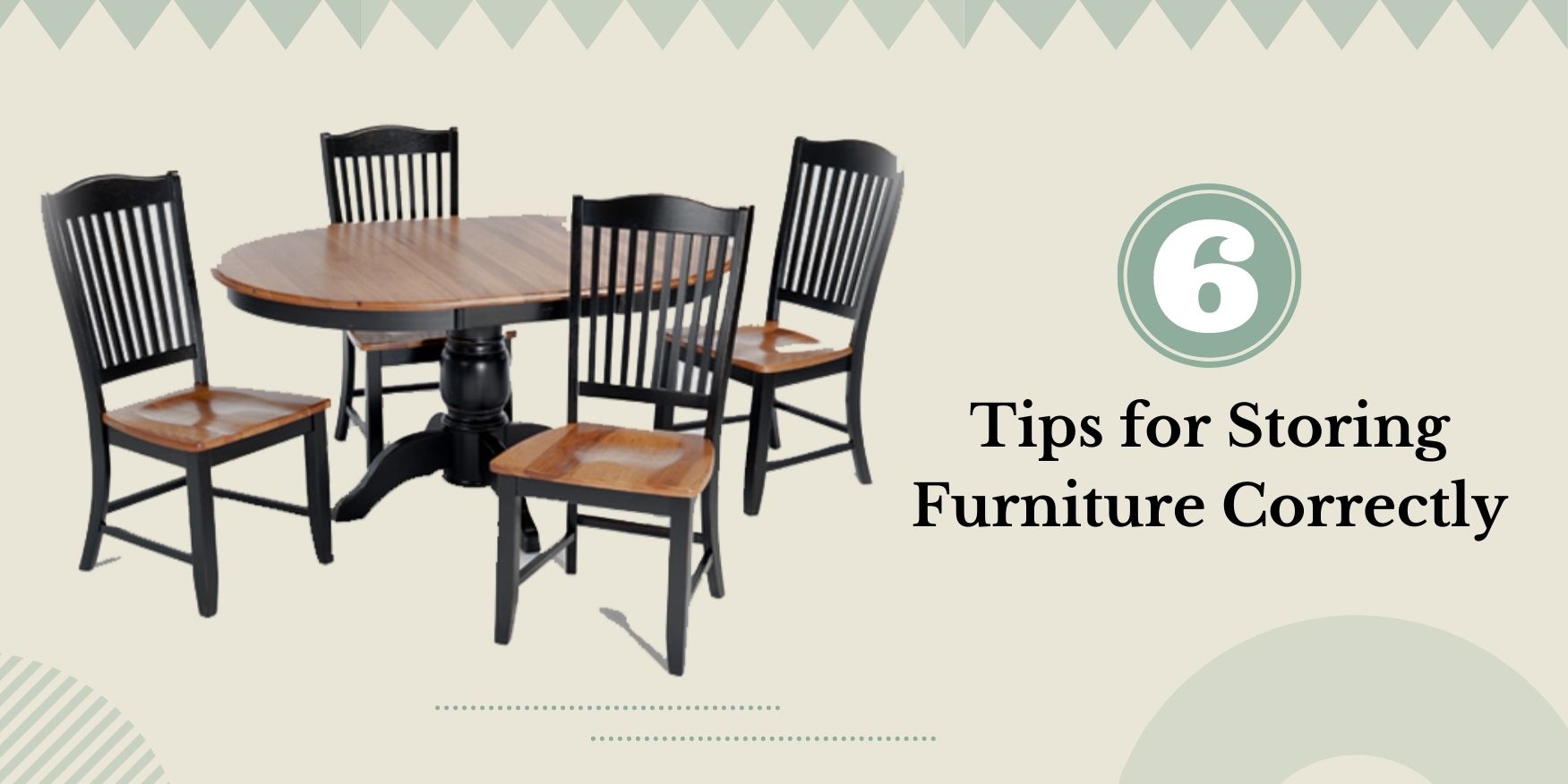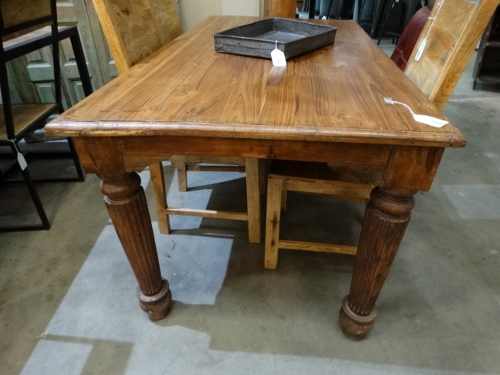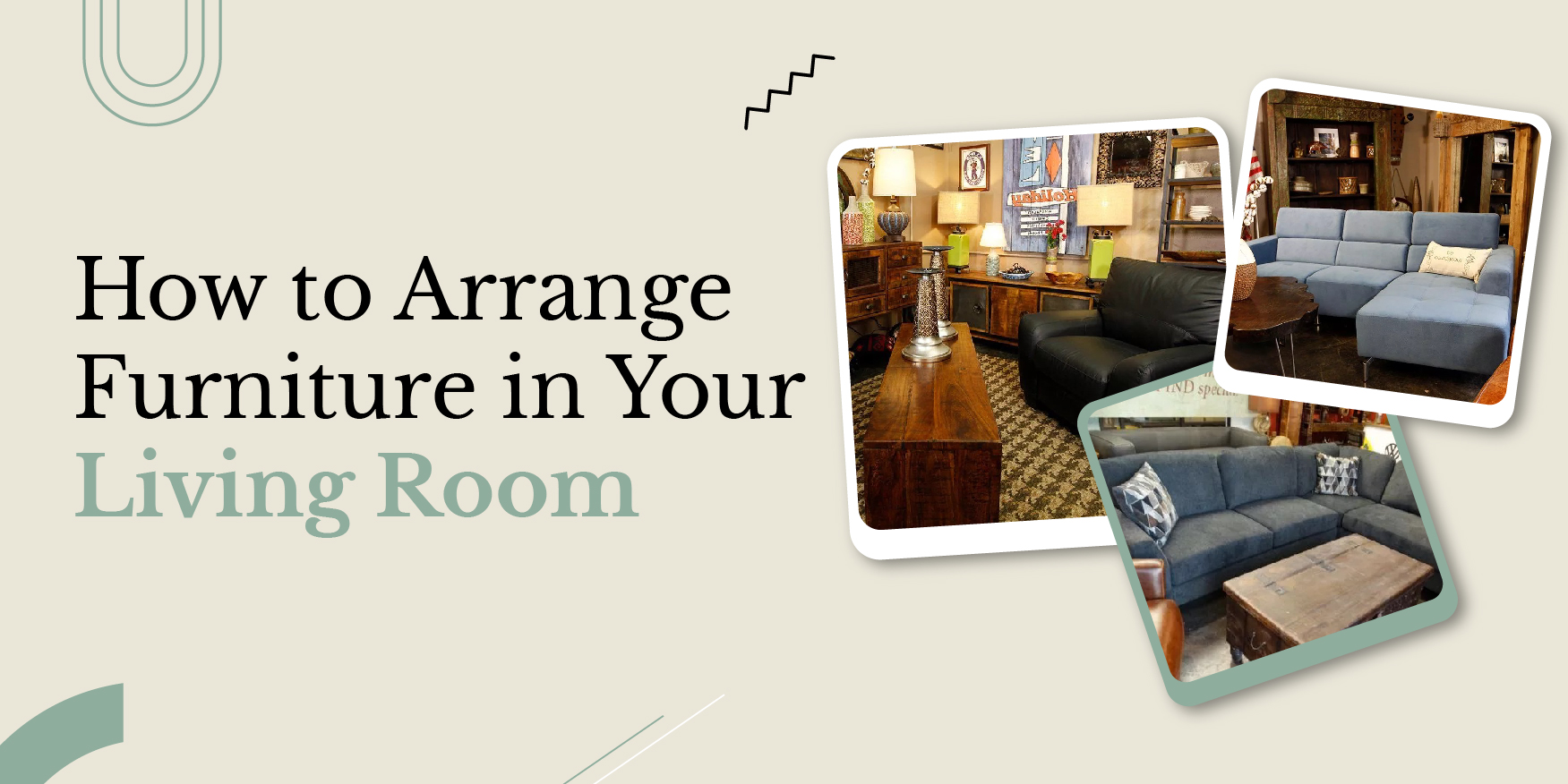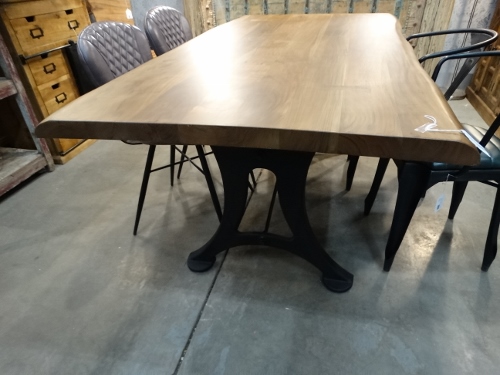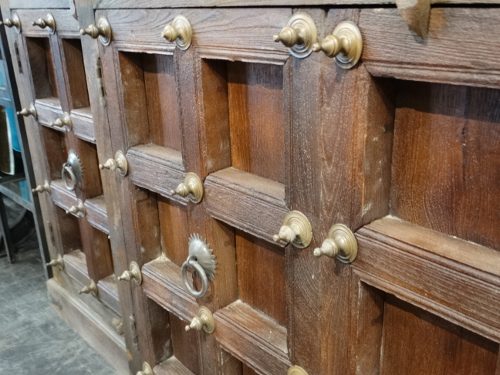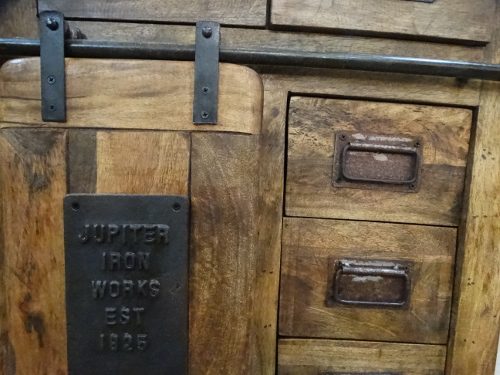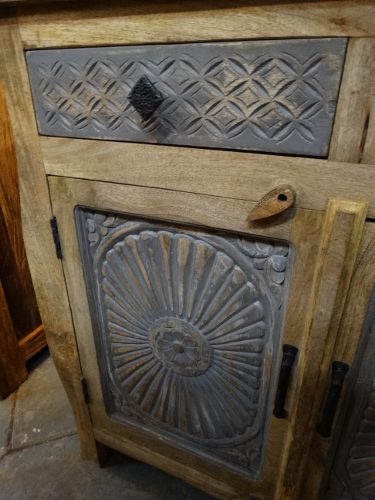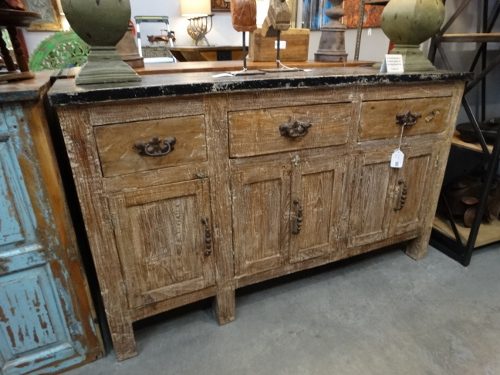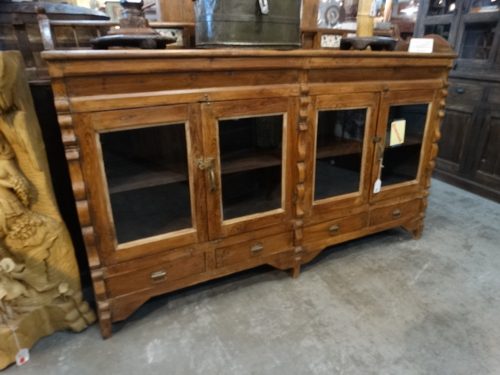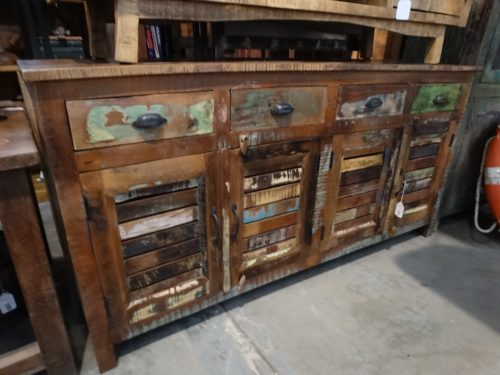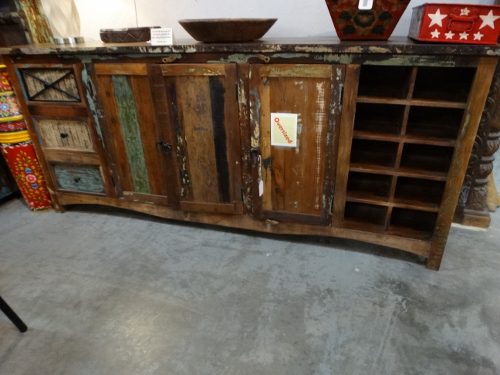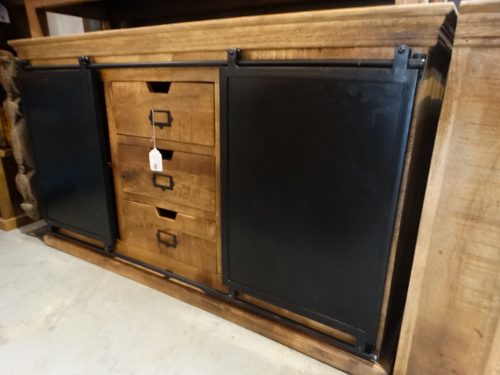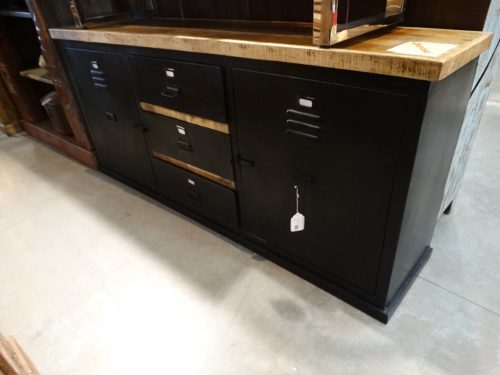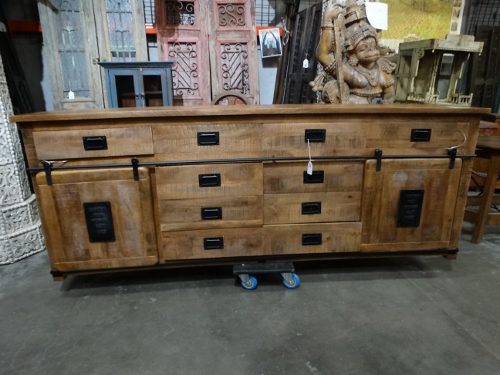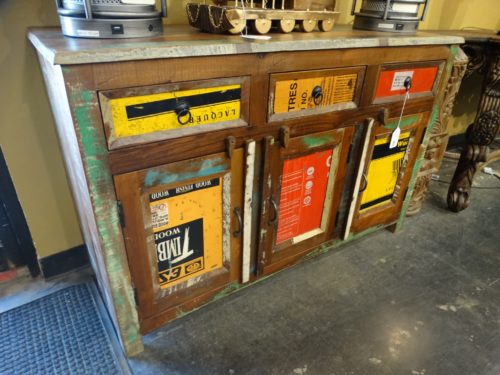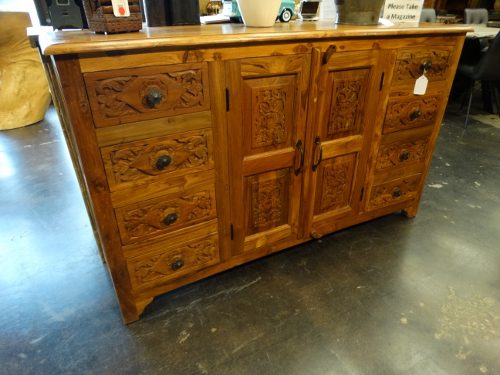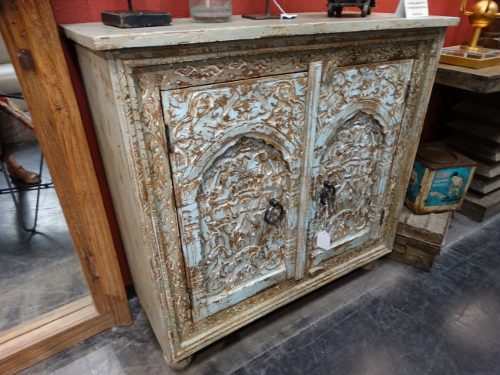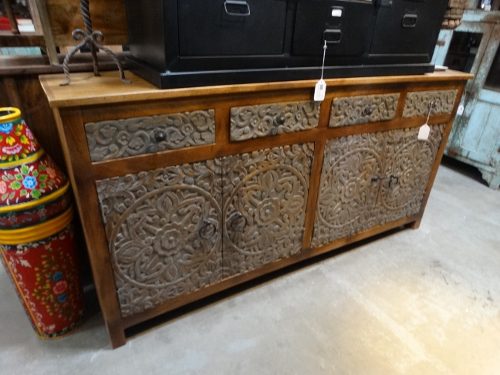1. Start with a Focal Point
Want your house to look like it’s designed by a professional? You can do it with a bit of guidance, creativity, and effort. The first thing to do is decide on the focal points for each room.
Tips to consider when choosing the focal point:
-
-
- It doesn’t have to be the center of the room
- The focal point for each room varies from another
- Don’t be afraid to use a corner/ window/ wall/ fireplace as a focal point
- Consider the overall dimensions and shape of the room
-
Some rooms have a natural focal point- the most attractive part. It can be the huge window that shows a glimpse of Denver or the home theater screen on the wall. Go with it.
2. Don’t Clutter the Space
It’s tempting to use all the furniture you have and mix up the old and new. But hey, slow down a little. Filling up the room will clutter the space rather than showcase your findings. No matter how massive a room is, it will look stuffy and cramped (even if you arrange the furniture) when there are too many things to look at.
-
-
- The minimalistic arrangement makes the room appear bigger
- Let the carpet be visible under the furniture
- Less is more in smaller rooms
- Think of the atmosphere you want to create
-
Don’t give in to the urge to flaunt all your collection. You can rearrange the furniture and change the décor easily if there are fewer items to move around.
3. No Furniture Against the Walls
Many people think that pushing the furniture right up to the walls will make the room appear bigger. That’s not true. In fact, the middle of the room will appear hollow. Irrespective of the size of the room, you need to leave at least a tiny space between the wall and the furniture. It will create an illusion of a bigger room. Moreover, there are many advantages of leaving the gap empty between the wall and the furniture.
-
-
- It’ll be easy to clean behind the couches, shelves, and wardrobes
- The walls won’t be marked, stained, or damaged by furniture
- You can see the initial signs of weather/ water damage on the walls
- The furniture will not be affected if the walls suffer from moisture/ water damage
-
4. Consider Ease of Movement
How do you plan to walk around in the room? Is the path from the door to the couch/seating arrangement free of items? Is there a risk of tripping over something in the dark?
-
-
- The furniture should not obstruct the traffic flow
- The route from the door to the focal point should be clear
- Don’t create too many zigzag paths
- Don’t keep pointy or edged furniture close to the walking path
- Don’t line up expensive and breakable items along the path
- There should be space between the seating arrangement and coffee tables
-
You need to pay extra attention to the ease of movement if you have kids, pets, or elders at home. A simple tip to remember is not to complicate the arrangement.
5. Think Beyond Squares and Circles
Be creative when arranging the furniture and ensure that the symmetry is not disturbed. The arrangement doesn’t have to be in classic shapes like squares, circles, or rectangles. For example, you can arrange the furniture in a triangle with two couches angled towards the corners. Balance this by lining up chairs or placing a day bed on the third side.
Tips to maintain symmetry in the room:
-
-
- Distribute the large and small items evenly across the room.
- Don’t fill up the center of the room and keep the rest sparse.
- Don’t stuff tables or vases into the corners
- Balance straight lines by bringing a rounded centerpiece or vice versa
- Try not to add too many heavy shelves to the same room (unless it’s the study)
-
6. Don’t Block Natural Light
Denver has all four distinct seasons, and you should make the most of them. If your room has windows that allow bright light inside the house, make sure not to block the windows with furniture. A dark room feels smaller stuffier and can even trigger unease in some people.
What if the room doesn’t have windows? Brighten up the space by adding different types of light fixtures. Ceiling lights, wall lamps, floor-standing lamps, table lamps, etc., are some ways to lighten up a room. Don’t use them all in the same room.
-
-
- Don’t put heavy furniture against the windows.
- Use mirrors to reflect light from one part of the room to another.
- Go for level-wise artificial lighting to make up for the loss of natural light.
-
7. Bring It Together
You must decide how you want the room to feel. Living rooms need to be inviting and comfortable. Bedrooms should be cozy and relaxing. But these are generic statements. You need to determine what kind of atmosphere you want to set in a room.
Bringing together the furniture and decorations requires thinking and imagination. Don’t be afraid to move them around if the initial arrangement doesn’t have the feel.
Here are some tips to complete the look:
-
-
- Choose the suitable artwork to go with the setting
- Soften the edges by adding cushions, throws, fresh flowers, etc.
- Invest in a high-quality floor rug
- Set up activity zones in the same room
- Work outwards from the focal point
- Tables should be within arm’s reach
-

